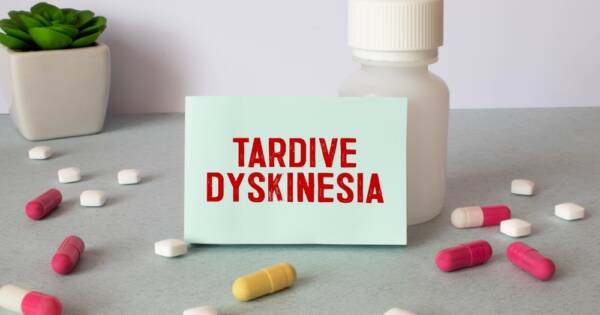Stroke prevention merges awareness, lifestyle changes, and proactive health management. Recognizing warning signs with the BE FAST acronym, adopting healthier habits, managing risk factors like hypertension, and attending regular check-ups all contribute to reducing stroke risk. Committing to the crucial steps not only minimizes potential harm but also fosters long-term well-being.
Recognizing Stroke Signs: A Vital First Step
Stroke awareness is paramount in effectively combating this serious medical emergency. The acronym BE FAST provides an easy way to remember the key warning signs of a stroke. These signs include:
- Balance: Look for a sudden loss of balance.
- Eyes: Beware of sudden changes in vision.
- Face: Watch for facial drooping on one or both sides of the face.
- Arms: Watch for arm weakness. Raise both arms; a person having a stroke will often sag or drop one arm
- Speech: Listen for speech difficulties, such as slurring or difficulty choosing their words
- Time: Act fast. Quick recognition of these symptoms and a prompt call for emergency services can have a lifesaving impact.
Understanding and acting swiftly can significantly reduce the damage caused by a stroke.
The Role of Lifestyle Changes in Stroke Prevention
Proactive management of personal health plays a pivotal role in stroke prevention. Key lifestyle modifications, like maintaining a healthy diet, incorporating regular exercise, and managing blood pressure, are crucial. Regular physical activity, recommended at least five days a week, also contributes significantly to reducing stroke risk through direct health benefits and by aiding in weight management and blood pressure control.
Moreover, dietary recommendations suggest consuming low-sodium and low-saturated fat meals to help regulate blood pressure and cholesterol, aligning with guidelines from Harvard Health Publishing, which cite maintaining healthy blood pressure and cholesterol levels as critical for stroke prevention.
Managing Risk Factors
To further minimize stroke risk, it is essential to manage medical conditions such as high blood pressure, diabetes, and atrial fibrillation. High blood pressure is a leading factor in strokes and should be controlled through lifestyle changes supplemented by medication if necessary. Controlling diabetes and maintaining healthy blood sugar levels, as indicated by national guidelines, can significantly mitigate risk.
Furthermore, treatment of atrial fibrillation with anticoagulant medications can reduce the likelihood of stroke, under the supervision of a healthcare provider. Regular screenings and check-ups can catch these conditions early, preventing them from contributing to a stroke.
Quitting Smoking and Managing Alcohol Intake
Smoking cessation and moderate alcohol consumption play vital roles in reducing stroke risk. Smoking approximately doubles the likelihood of ischemic stroke, and quitting—with medical advice and cessation aids—is strongly encouraged by health organizations. Moderating alcohol intake to no more than one drink per day can further decrease stroke risk, with some guidelines suggesting red wine as a potentially beneficial choice when consumed in moderation.
The Importance of Regular Check-Ups
Regular medical examinations ensure early detection of stroke risk factors, which can develop silently over time. Many conditions that lead to strokes, such as high blood pressure and diabetes, may not present symptoms initially but can be effectively managed when discovered during routine check-ups. Monitoring health through these check-ups allows for timely intervention, adapting treatments as needed, and maintaining health over the long term.
Recovery and Rehabilitation After a Stroke
Post-stroke recovery requires a comprehensive rehabilitation plan tailored to the patient’s specific needs. Effective rehabilitation can involve a combination of physical, occupational, cognitive, and speech therapies.
These therapies are crucial in helping individuals regain lost abilities and adapt to life after a stroke. Recognizing the importance of emotional health, it is also vital to address mental health issues such as depression and anxiety, which are common after a stroke, through professional help.
Why You Should Learn More About Stroke Prevention Today
Reducing the risk of stroke involves a holistic approach incorporating lifestyle changes, management of medical conditions, and awareness of early warning signs. By implementing these strategies, individuals can significantly diminish their risk of stroke and improve their overall health.
Recognizing the signs early and seeking prompt medical attention can save lives and reduce the long-term impacts of a stroke. Comprehensive knowledge of these factors is a powerful tool in protecting health and maintaining well-being. Empowerment through education and proactive health management is key to staying a step ahead of stroke risk.
Sources
Stroke Risk Management through Lifestyle Changes
Preventative Measures Against Stroke
Insights on Lowering Stroke Risk





